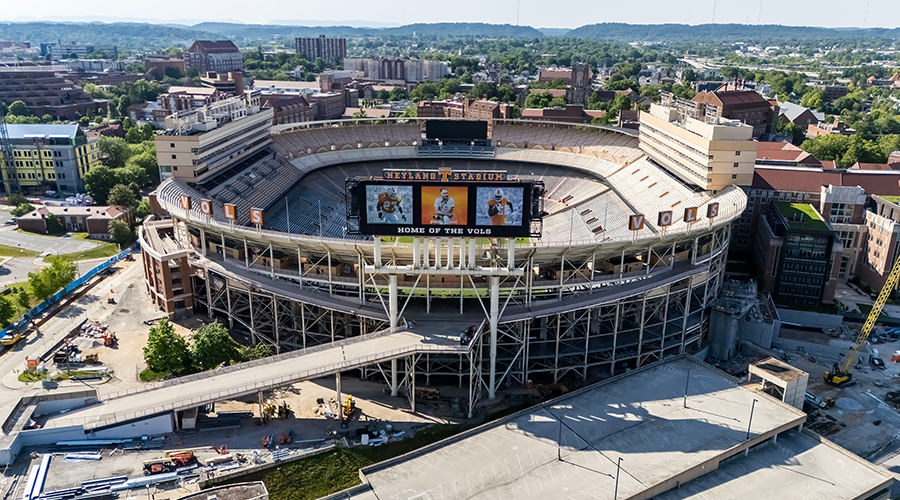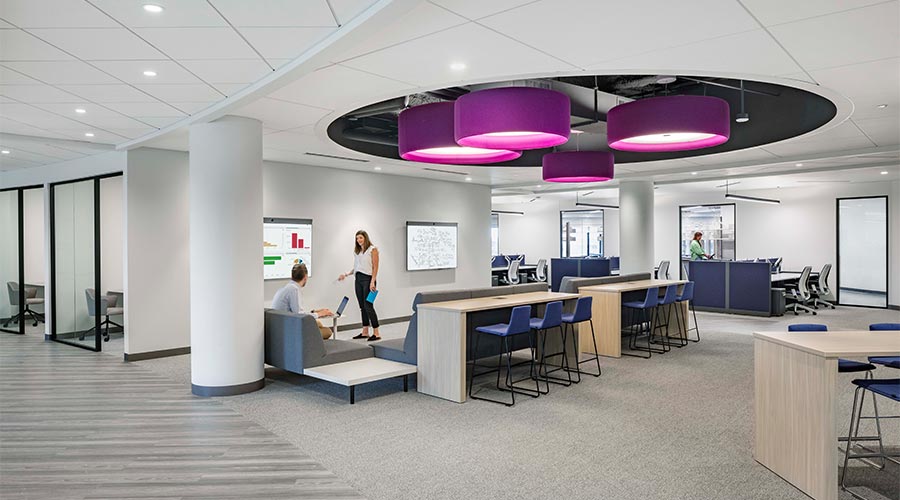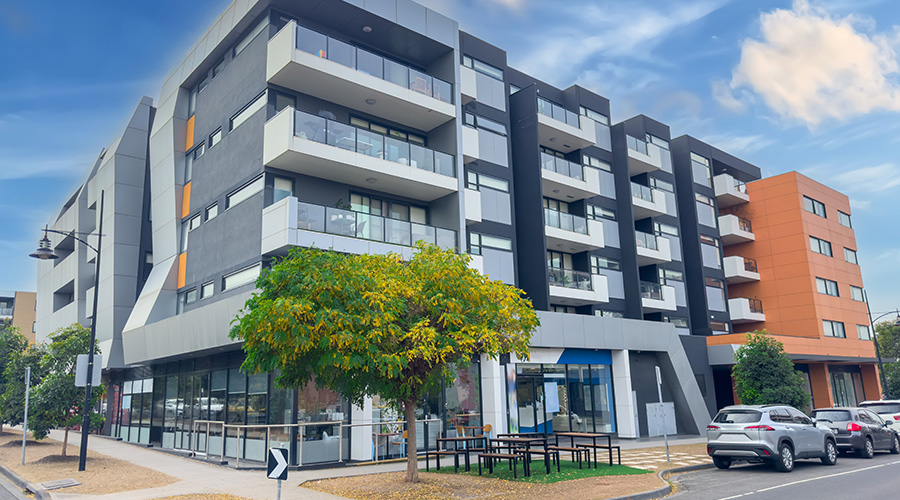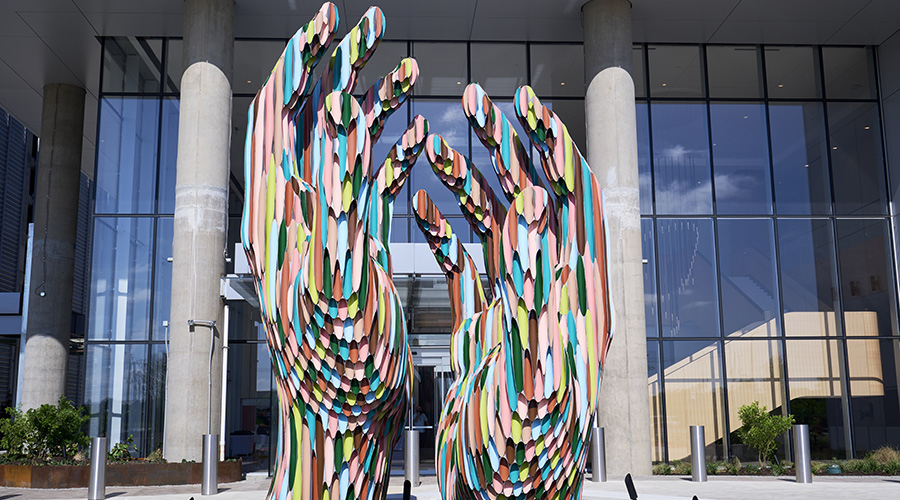3 Crucial Considerations for Developers Before Investing in a Building
To mitigate risks and reap the rewards of your project, here is what you need to know before making the investment.
Property development comes with great risks and rewards. Unfortunately, many developers are shocked by issues that are revealed across the phases of due diligence, design, and construction that result in significant cost and schedule impacts for their projects. There may be roadblocks that seemed hidden at the start, or risks that were not well understood or mitigated.
In addition to understanding what the real estate market will bear and specific building requirements, developers must gain deeper insight into all aspects of a building site and what will be needed to design the structures, as well as prepare the site for construction, in order to calculate the potential ROI. To guide the decision about whether or not to invest in a project, developers should seek an engineering consultant partner with breadth of knowledge and experience and should engage them from the very start. To mitigate risks and reap the rewards of your project, here is what you need to know before making the investment.
1. Make Sure You’re Buying What You Think You’re Buying
It goes without saying that you should make sure you know what you’re buying before making the investment. When it comes to property, this means not only confirming the land measurements but also exploring the composition of the site itself and, thus, its suitability for your specific project or use. Consult with a land surveyor to assess topography and boundary lines, along with other specific survey requirements for your site such as wetlands, buildable area, subdivision platting, or design of utilities and roadways to access the site.
When evaluating a site, make sure to explore the supporting soil conditions. Consult with a geotechnical engineer to understand the soil composition and how much work will be needed to prepare the site for construction. Soil is nonhomogeneous, and you might be surprised by different conditions across the site that may introduce additional requirements such as rock removal, drying requirements or wholesale removal of unsuitable soils. Recognize that soil composition varies widely by geography, so consult with a local expert who understands the special properties of soils in your region and knows how they react to loads, temperature changes and moisture — which can only be known through years of experience. With this knowledge and what can be learned by exploring your particular site, a geotechnical engineer can make recommendations for optimal site development and foundation design.
Many developers hesitate to spend money upfront for surveying and geotechnical explorations, and you will only come to recognize that mistake too late. Based on topography, soil composition, movement of the aquifer and many other factors, every site has an optimal location for building. It’s not uncommon to find that upfront due diligence was not completed properly, or too late in the process, and the developer could have saved significant time and money if the building had been better located on the site.
2. Evaluate and Manage the Project Holistically
Across the phases of development, many projects start to look like a relay race, where one expert runs their leg of the race and passes the baton to the next waiting at the line. The geotechnical engineer explores the site, assesses the risks and adds factors of safety to the foundation design. Then the baton is passed to the structural engineer, who assesses risks and adds factors of safety to the structural design. Then the baton is passed again. Without understanding the assumptions made during each step of the process, the resulting design can be overly conservative.
Among many examples is a multi-million-dollar project several years ago for a new government building where this exact scenario occurred. It was a complex project and the geotechnical engineer designed the foundation based on site exploration and what he deemed necessary for factors of safety. The baton was then passed to the structural engineer, who added factors of safety to his design. When the completed design was reviewed, it was identified to be overly conservative, with unnecessary factors of safety that did not account for what had been incorporated into earlier phases of the design. By looking at the project holistically, it was able to be redesigned and the city saved nearly 20 percent on the cost of the foundation system without any impact to safety and quality.
It’s important to view your development project holistically from the start. Many experts will be involved in the process, and your engineering consultant can manage across disciplines and identify opportunities that will yield cost and schedule benefits for your project.
3. Communicate, Communicate, Communicate
To manage a project holistically, the key to success is communication, both within the team and across external stakeholders. Simply put, all municipalities are not the same when it comes to the rules and regulations required for property development. Whether historic district designations or other requirements such as sidewalk replacement, cost and schedule risks exist until these requirements are understood. Rely on your team’s established relationships with the municipality and familiarity with local ordinances to start this conversation at the beginning of your project to ask the right questions, work with the municipality to help facilitate development and mitigate the risk of new requirements being imposed later in the process.
In addition to alignment with external stakeholders, the importance of team leadership cannot be overlooked. When bringing together a team of experts across disciplines, identify who is best positioned to lead the team by aligning toward a common goal. Too many projects look less like a team and more like a ring of boxers. One project, for instance, required the contractor to provide an upfront cost based on drawings. Through three design revisions, the project was still 25 percent over budget and team members were fighting for their own designs or agendas. Rather than aligning toward the common goal, the team risked losing the project altogether.
From the start, identify the expert on your team who is best positioned to lead across disciplines. By initiating and streamlining communication during the early phases of a project, you will align your external stakeholders and team for project success.
Before making the decision to invest, developers must gain early insight into the risks and requirements of their project. Seek the guidance of an engineering consultant who has the knowledge and experience to evaluate the site and uncover potential roadblocks early in the process. By partnering with experts at the start, you will gain the knowledge needed to make an investment decision and set up your project for success.
Tommy Faulkner, CEO of JDSfaulkner, has been a renowned innovator in the engineering, design and consulting industry for over 25 years. His expertise is multidisciplinary, completing licensing as a professional engineer, general contractor, Master of Special Inspections and realtor. Throughout his career, Tommy has founded and led acclaimed engineering firms and delivered award-winning design, inspection and engineering projects for residential, commercial and industrial clients.
Related Topics:












